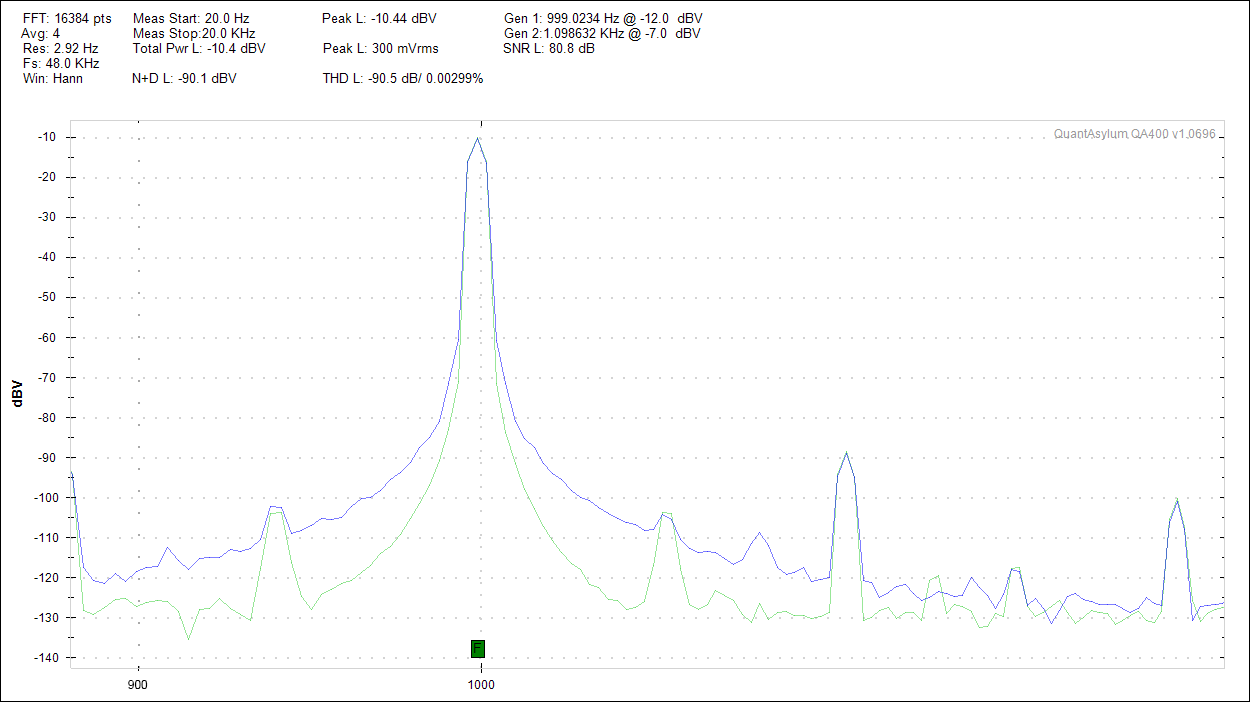Are all toslink outputs equal?
other posts
-
Mar 30, 2016
Headbanging jitter
-
Nov 16, 2015
how good is bluetooth audio at its best?
-
Sep 21, 2015
what does jitter ACTUALLY sound like?
-
Aug 22, 2015
Is the loudness war a myth?
-
Jun 24, 2015
How good is your macbook's audio out
-
Jun 6, 2015
Sound clarity score
-
May 29, 2015
Let the journey begin
This is a question I have had in my head for a while. If you are not familiar, Toslink (optical audio cables) are used to send digital audio signals from one device to another. For example, you can use them to send audio from your laptop to your DAC, or from your CD player to your receiver/amplifier. A little known fact is that many laptops these days have an optical output built in to their headphone jack, which can be put to use with an adapter like this. A Toslink connection is not electrically conductive, which has several advantages:
It is not susceptible to electromagnetic interference.
It does not cause ground loops.
Another advantage, and the main one for me, is that the signal remains in the digital domain, so there is zero degradation in sound quality. I wanted to make sure this was actually true, so I designed a quick test. Figure 1 shows how the test was set up:

I used the computer to play a 1000 Hz pure tone. Then I switched between the built-in optical output of the computer and the optical output of the external sound card. I measured the signal from the headphone output of the receiver to see if there was a difference between these optical outputs. Below is a snapshot of those measurements.

As you can see, the 1 kHz tone played by the external sound card created a wider “skirt” than when played through the onboard sound card of the computer. The wider the skirt, the higher the jitter. This means the external sound card introduced more jitter to the sound. Therefore not all optical outputs are created equal.
Side note: The spikes on either side of the 1000 kHz tone are intermodulation distortions caused by the 60 Hz noise in power supply.
They are not relevant in this experiment.
But aren’t digital interconnects supposed to be lossless? When data is transferred digitally, there is also a clock signal. The job of the clock is to synchronize the receiver with the transmitter. I2S, for example, (another method used to transfer digital audio inside devices, like our amplifier) uses three signals. One signal is audio data and the other two are used for synchronization.
Toslink and coaxial RCA, on the other hand, use the S/PDIF format to transmit data, which only uses one signal. So, in order to keep the receiver in sync with the transmitter, S/PDIF uses a clever encoding technique that combines the audio data with the clock into one signal. The receiver then recovers the clock from this signal. This means the receiver is susceptible to jitter that is introduced by the source. In our case, the external sound card introduced more jitter than the onboard optical output, and the receiver’s clock recovery mechanism was unable to cope.
Now, you may ask how audible is this? I switched back and forth while listening to different tracks for three minutes and I could not tell the difference. A longer listening session or more tracks may prove otherwise. But for now, if you are a purist, you know SPDIF transmission doesn’t necessarily equate to lossless transmission.
Do you see a flaw in this experiment? Leave a comment below and let me know.
something delicious is cooking in our lab
Access early bird offers and updates on our new and exciting product, coming soon on Kickstarter.

